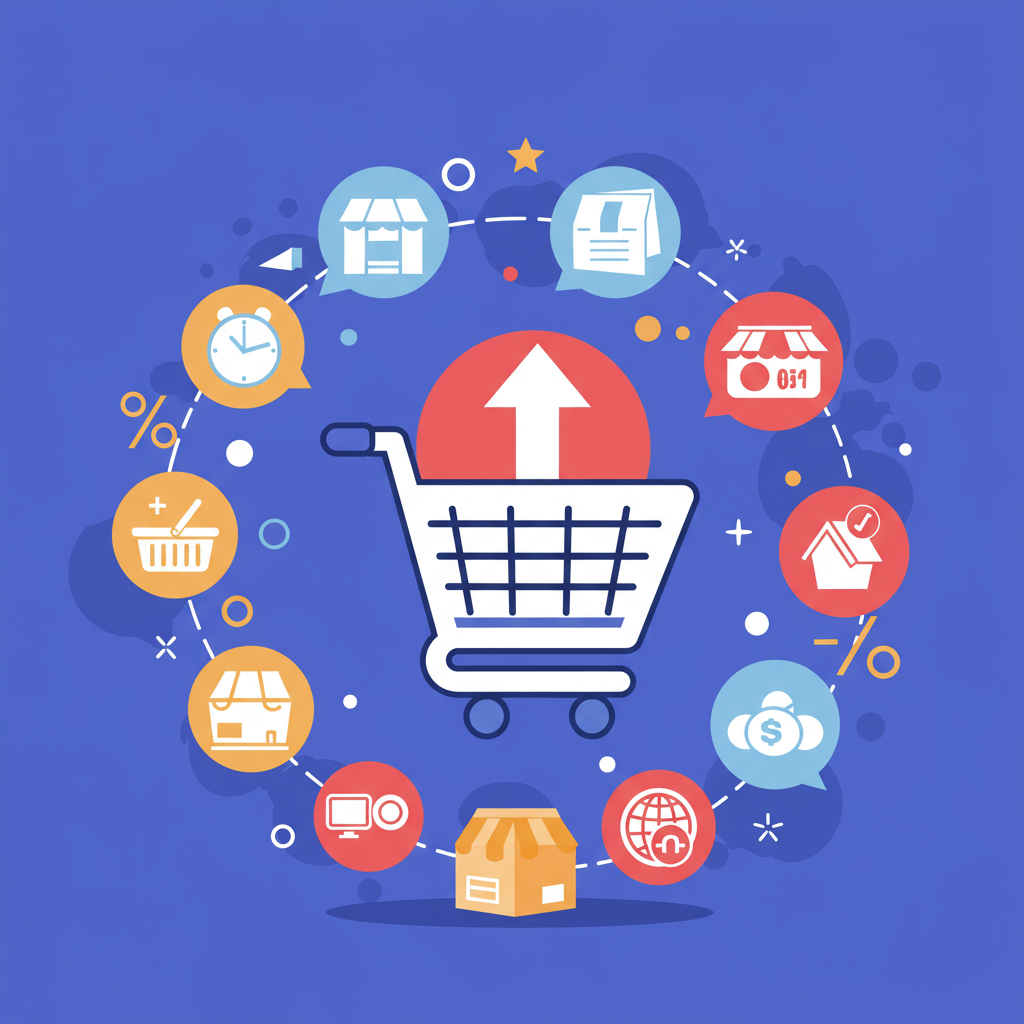Discover how to effectively implement product upsell strategies on your Shopify store to increase average order value and enhance customer satisfaction.
As a merchant, I’m always looking for ways to maximize the value of every customer interaction. One of the most powerful, yet often underutilized, strategies in e-commerce is upselling.
It’s not just about making a single sale; it’s about increasing your Average Order Value (AOV) and building stronger customer relationships.
Today, I want to share my insights and practical strategies for implementing effective product upsells on your Shopify store.
Upselling, at its core, is the practice of encouraging customers to purchase a more expensive, upgraded, or premium version of a product they are already considering or have already bought.
Think of it like this: if a customer is buying a basic smartphone, an upsell might be suggesting the model with more storage or a better camera.
Why is this so crucial for Shopify merchants? Well, acquiring new customers can be significantly more expensive than retaining and growing existing ones.
Upselling leverages your existing customer base and their intent to purchase, making it a highly cost-effective way to boost revenue.
It also enhances the customer experience by offering them better solutions that might genuinely meet their needs more comprehensively.
My first principle for successful upselling is relevance. The upsell offer must be directly related to the product the customer is interested in.
Don’t try to upsell a coffee maker to someone buying a pair of shoes. It sounds obvious, but I’ve seen it happen.
The second principle is value. The customer needs to perceive genuine added value in the upgraded product.
It shouldn’t feel like you’re just trying to squeeze more money out of them; it should feel like you’re helping them make a better purchase decision.
Now, let’s dive into specific strategies. One common approach is the pre-purchase upsell, often presented on the product page itself.
Here, I might display a ‘compare models’ section or suggest a ‘premium version’ directly below the main product description.
Another powerful method is the in-cart upsell. As customers review their cart, I might offer a slightly better version of an item they’ve added.
For example, if they have a basic t-shirt, I could suggest a premium organic cotton version with a small price difference.
Post-purchase upsells are also incredibly effective. Once a customer has completed their order, I can present a one-time offer for an upgraded product or a related premium service.
This works well because the customer has already committed to a purchase and is in a buying mindset.
For Shopify, there are numerous apps that can automate and optimize these processes. Apps like ‘Bold Upsell,’ ‘ReConvert Upsell & Cross Sell,’ or ‘Zipify OneClickUpsell’ are fantastic tools I’ve explored.
These apps allow you to set up rules, A/B test offers, and track performance, which is vital for continuous improvement.
When setting up your upsell offers, I always recommend starting with your best-selling products. These are the items customers are already drawn to.
Consider offering bundles where the upgraded product is part of a package deal, often at a slight discount compared to buying items individually.
Timing is also key. Don’t overwhelm your customers with too many upsell offers at once. A well-placed, relevant offer is far more effective than a barrage of options.
I constantly monitor my AOV and conversion rates for upsell offers. If an offer isn’t performing, I tweak it or replace it.
A/B testing different headlines, product images, and price points for your upsells can yield significant improvements.
One common pitfall I’ve learned to avoid is making the upsell too expensive. The price jump should be reasonable and justifiable.
If a customer is buying a $20 item, don’t try to upsell them to a $200 item unless the value proposition is overwhelmingly clear and unique.
Another mistake is not clearly articulating the benefits of the upgraded product. Why is it better? What problem does it solve more effectively?
Always focus on the ‘why’ for the customer, not just the ‘what’ for your bottom line.
Finally, remember that upselling is about enhancing the customer’s experience and providing them with better solutions.
When done correctly, it builds trust and loyalty, turning one-time buyers into repeat customers who appreciate your guidance.
I hope these strategies provide a solid foundation for you to implement or refine your upsell efforts on Shopify.
What are your thoughts on these upsell strategies? Have you found particular approaches to be more effective in your own store?
I’m always eager to hear about other merchants’ experiences and learn from our collective wisdom.
Implementing even a few of these tactics can lead to a noticeable increase in your store’s profitability and customer satisfaction.






